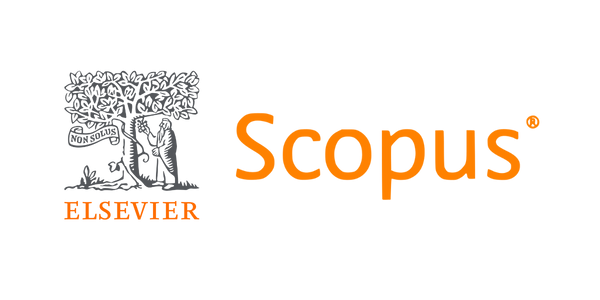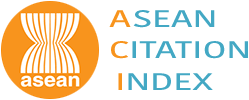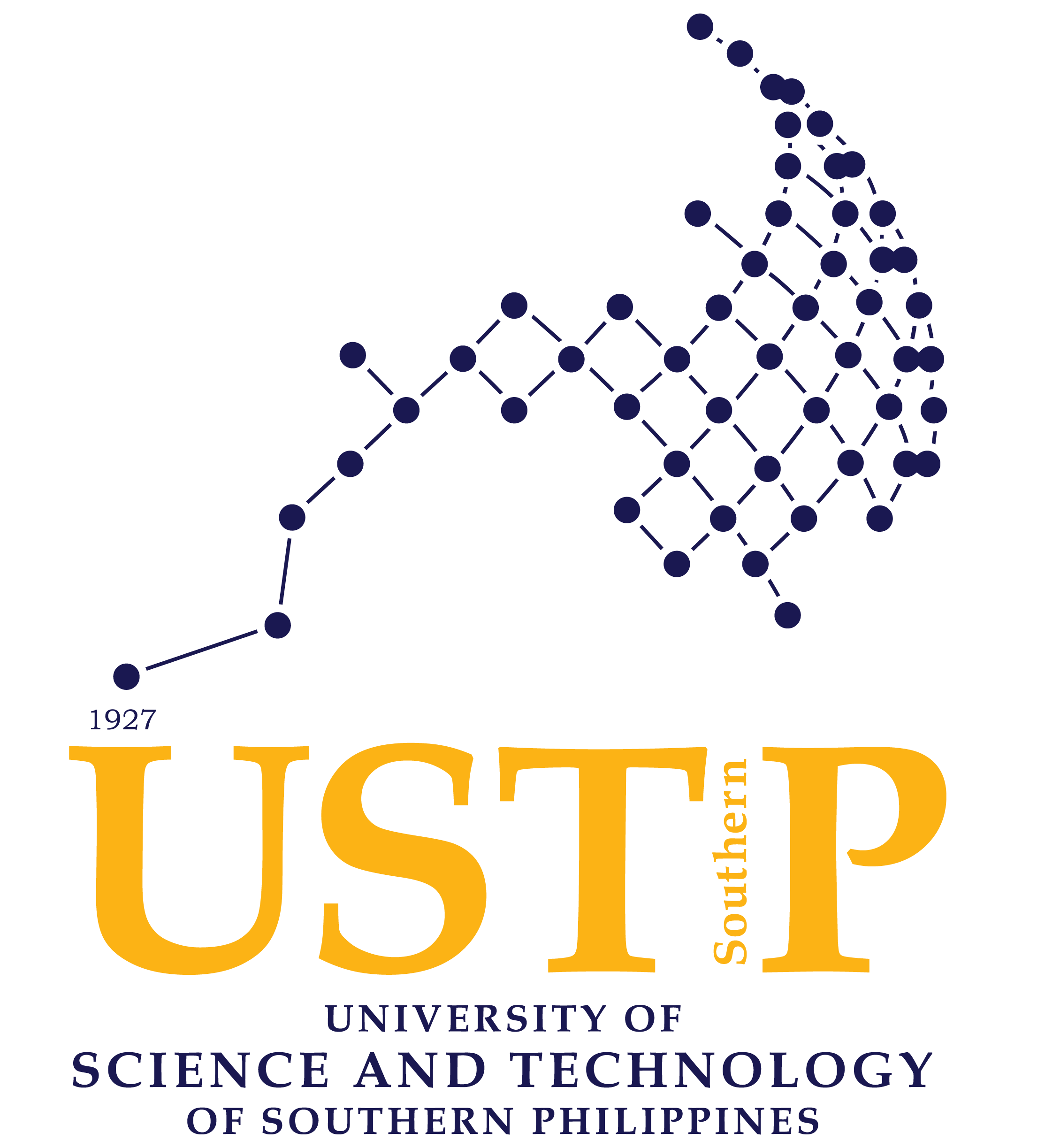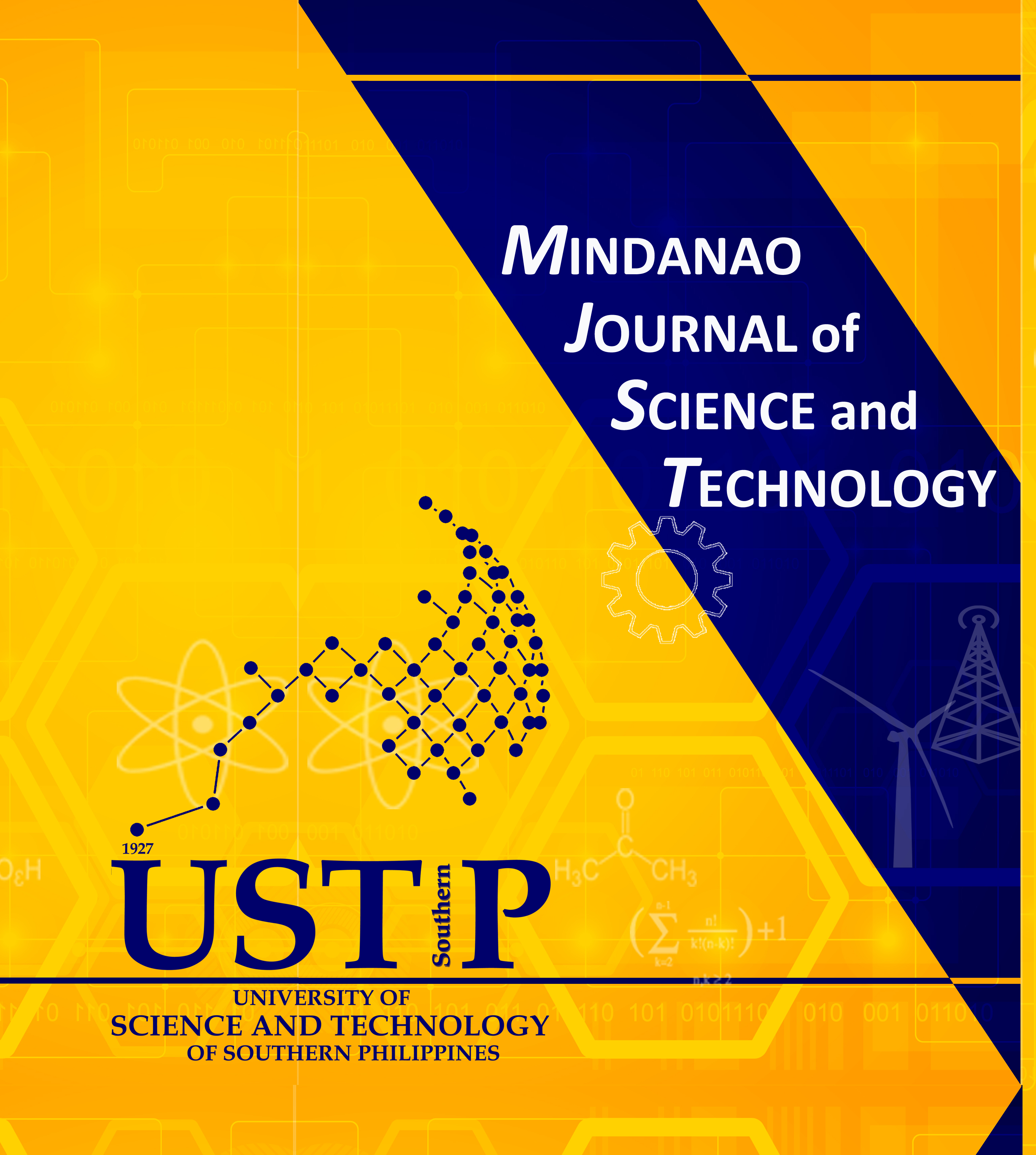Aspects of the Biology and Ecology of the Naujan White Goby Glossogobius aureus Akihito and Meguro, 1975
DOI:
https://doi.org/10.61310/mjst.v23i1.2372Keywords:
FiSAT, gonado-somatic index, geometric morphometric, native fish species, population dynamicsAbstract
Glossogobius aureus is a potential aquaculture species with limited data from the Philippines. 3,340 individuals were collected over 2 years to describe the biological features of the species from Naujan Lake. Gonads were collected to measure fecundity; total lengths were taken, and photos of the left side of the individuals were taken. Length data were used to model the species growth dynamics using FiSAT (FAO-ICLARM Stock Assessment Tool). Geometric morphometrics was used to describe individual shape variation using the photos taken from the samples. Size frequency indicated that sexually mature individuals are at least 14 cm long with an average reproductive output of 20,000 eggs. Site-specific variation in shape indicates non-homogeneity of the population, which may be an environmental response to genetic variation. Morpho-meristic data and the FiSAT model L∞ to be 23.27 cm, with Z, F, and M at 12.12-yr, 7.85-yr, and 4.27-yr, respectively. The current exploitation rate is estimated to be 0.65, higher than the theoretical sustainable exploitation rate (Emax). This paper is the first biological description of G. aureus from the Philippines.










